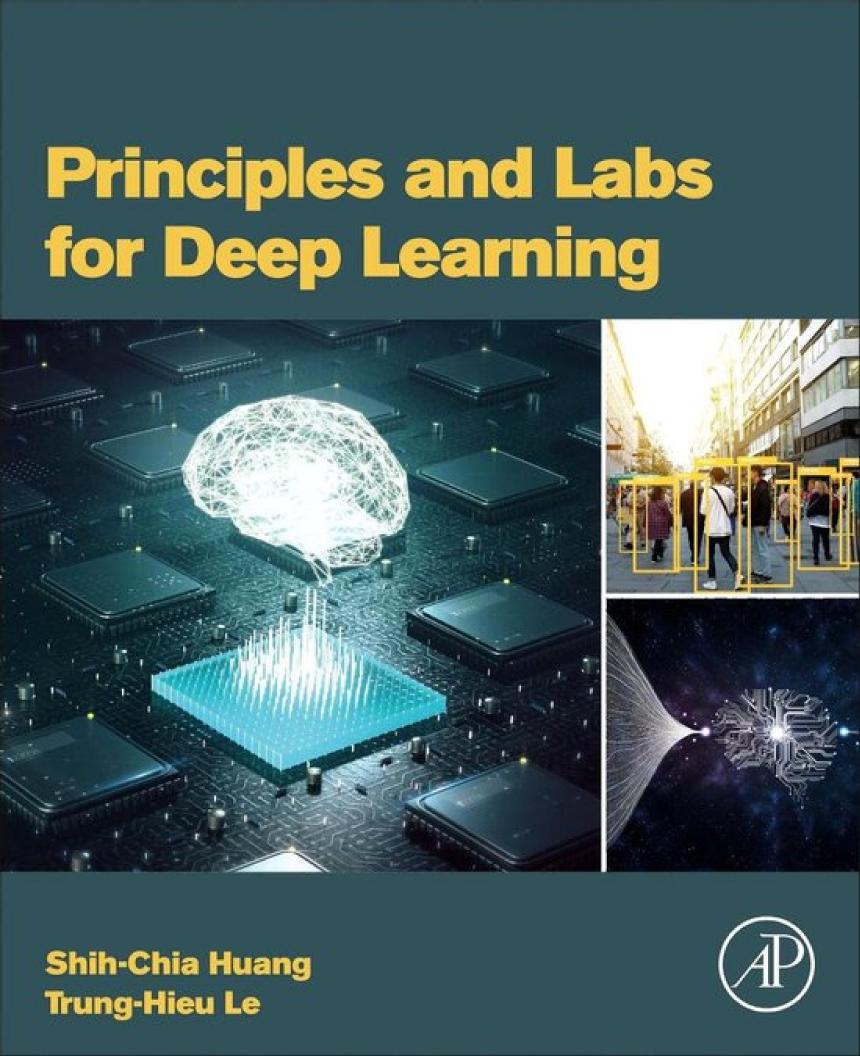

Most ebook files are in PDF format, so you can easily read them using various software such as Foxit Reader or directly on the Google Chrome browser.
Some ebook files are released by publishers in other formats such as .awz, .mobi, .epub, .fb2, etc. You may need to install specific software to read these formats on mobile/PC, such as Calibre.
Please read the tutorial at this link: https://ebookbell.com/faq
We offer FREE conversion to the popular formats you request; however, this may take some time. Therefore, right after payment, please email us, and we will try to provide the service as quickly as possible.
For some exceptional file formats or broken links (if any), please refrain from opening any disputes. Instead, email us first, and we will try to assist within a maximum of 6 hours.
EbookBell Team

5.0
88 reviewsPrinciples and Labs for Deep Learning provides the knowledge and techniques needed to help readers design and develop deep learning models. Deep Learning techniques are introduced through theory, comprehensively illustrated, explained through the TensorFlow source code examples, and analyzed through the visualization of results. The structured methods and labs provided by Dr. Huang and Dr. Le enable readers to become proficient in TensorFlow to build deep Convolutional Neural Networks (CNNs) through custom APIs, high-level Keras APIs, Keras Applications, and TensorFlow Hub. Each chapter has one corresponding Lab with step-by-step instruction to help the reader practice and accomplish a specific learning outcome.
Deep Learning has been successfully applied in diverse fields such as computer vision, audio processing, robotics, natural language processing, bioinformatics and chemistry. Because of the huge scope of knowledge in Deep Learning, a lot of time is required to understand and deploy useful, working applications, hence the importance of this new resource. Both theory lessons and experiments are included in each chapter to introduce the techniques and provide source code examples to practice using them. All Labs for this book are placed on GitHub to facilitate the download. The book is written based on the assumption that the reader knows basic Python for programming and basic Machine Learning.